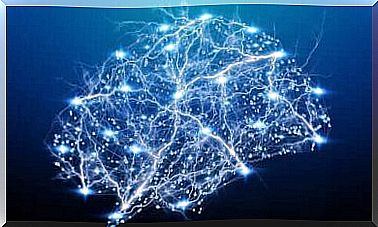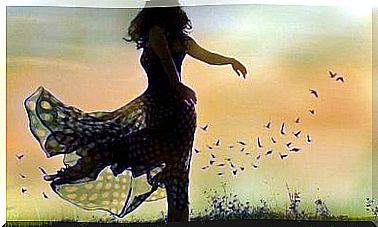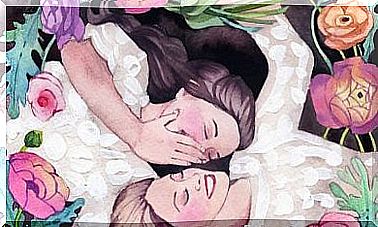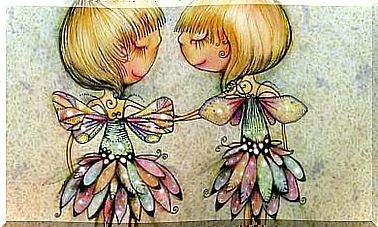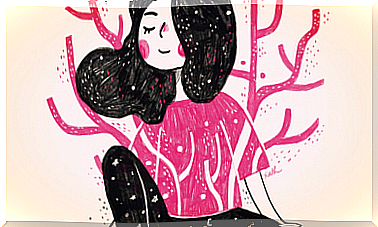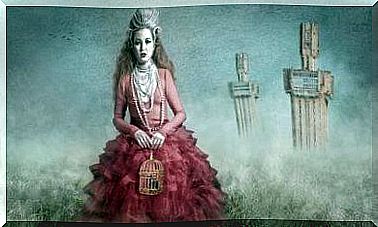Haiku To Free Your Feelings
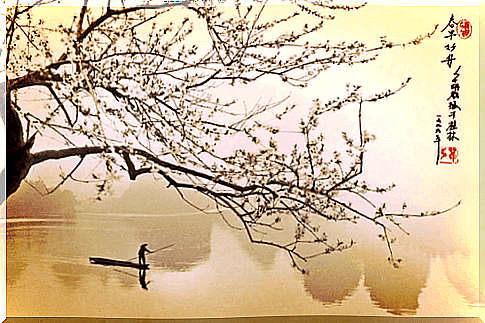
A haiku is a short poem that is inspired by the feeling of the moment, amazement and connection with nature. It is a Japanese tradition that brings things back to the soul and helps to recover and to gain new courage, resilience and strength. Its indeed cleansing properties and liberating nature make it a perfect psychological tool. In addition to its aesthetically pleasing nature, haiku can also be used to free one’s emotions.
Some people say that the brain is like a museum of infinitely long galleries made up of distorted images. It is not always easy to find meaning in what is on display. For this reason, it can be useful to use other artistic techniques to find meaning, order and calm in the midst of all the chaos.
This narrow way!
Not a single person comes
that autumn night.
Matsuo Basho
That’s what haikus can achieve. Haikus are short poems that consist of three verses with 5, 7, and 5 moras or syllables. The goal of a haiku is to look at universal subjects from a child’s perspective. A haiku aims to move from the ordinary to the magical while cutting out the noise of compulsive and brooding thoughts. The idea here is to stay locked in the feeling of the moment.
For many people, it’s almost like looking at the world through a drop of dew. It’s about staying connected to a particular moment in order to gain a different perspective. You then see things through a lens that makes everything appear more intense and brighter.
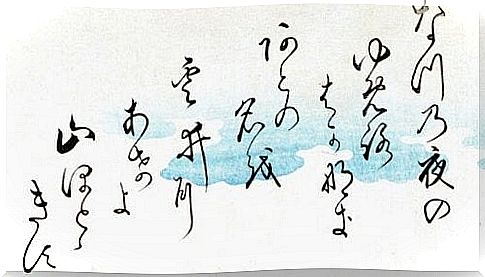
Haiku as a psychological tool
Robert Epstein is a well-known author and psychologist at Harvard University. He has written books such as “The Sacred in Contemporary Haiku ” and many articles highlighting the usefulness of haiku as therapy. Thanks to his writings and his advocacy, we know that this type of writing is very useful in treating addiction problems. Indeed, a good haiku like Dr. Epstein says “work wonders on a tired soul”.
It is clear here that we are not talking about a treatment that can lead to complete recovery or clearance from addiction or depression on its own. It is a complementary tool that helps us connect with ourselves. This tool helps to find the forgotten place where hope still lives. It can lead us on the path of resilience and to the bamboo field where we can be strong and flexible in the face of resistance.
On the other hand , it is common to associate the use of haiku with the world of zen. It is important to point out that this is a much older practice. While it is true that the Zen philosophy used the haiku to convey its ideas at a certain point in time, the haiku is much older than the Zen. Haiku has always been a channel for Japanese men and women to express themselves and to free themselves emotionally. Japanese culture uses haiku to reflect on the tranquility of nature and to find a way to shape and express one’s sadness, desires, and joy.
Is it a kingdom,
This light that goes out, or
Just a firefly?
Jorge Luis Borges
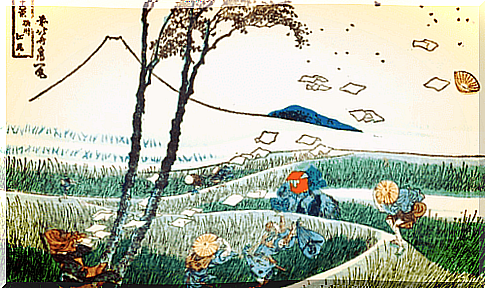
In addition, it is interesting to note that many experts view haiku as an excellent way to practice mindfulness. The person practicing mindfulness should open himself up and be receptive to the sensory world in order to capture the moment and be aware of his inner self. It’s a great tool for slowing down your pace, bringing your worries into perspective, and generating feelings of calm, peace, and compassion.
How to write a good haiku
Matsuo Basho is the most famous poet from the Edo era in Japan. He is also one of the poets most successful in promoting the use of haiku. In his words, a good poem is such one that it captures the essence of the moment. A good haiku expresses a moment that you share with yourself, your soul and nature.
Spring does part:
the birds cry – even the fish cry
.
Matsuo Basho
So if you want to try this therapeutic art then you should follow the instructions below. It is important to note that the real benefit of a haiku comes from being able to forget the rules, the meter, and the structure. That comes with time and practice. If you stick to it, then you can really free your mind.
- A haiku does not rhyme and has no title.
- The ideal meter for a haiku is 5 syllables on the first line, 7 on the second, and 5 on the third.
- Verbs interfere, because one should not express movement. The idea here is to capture an immobile image or feeling.
- The verb “to be” should not be inserted because it is already included.
- Simplicity rules.
- Haiku is not a reflexive or completed poem.
- A good haiku expresses something beyond the moment. But at the same time it is something that can only be expressed “in the moment”.
- A haiku tends to include the “kigo,” or a nod to nature or the current season.
- Haikus are private, they only relate to us. Therefore we should only imitate or use simple or simple images … A good poem requires intimacy, awareness and emotional freedom.
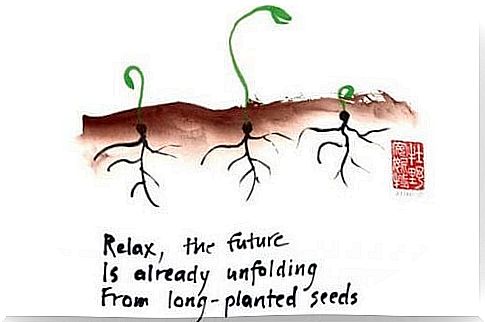
In summary, remember that a haiku is a brushstroke in time that comes from the heart of the person who wrote it. It’s a channel, a sigh that we let out to express ourselves for ourselves. One simple piece of advice to consider is that the most beautiful haikus are the ones who jump in verse three. The first two lines are a simple introduction, and the third makes the best impression.
